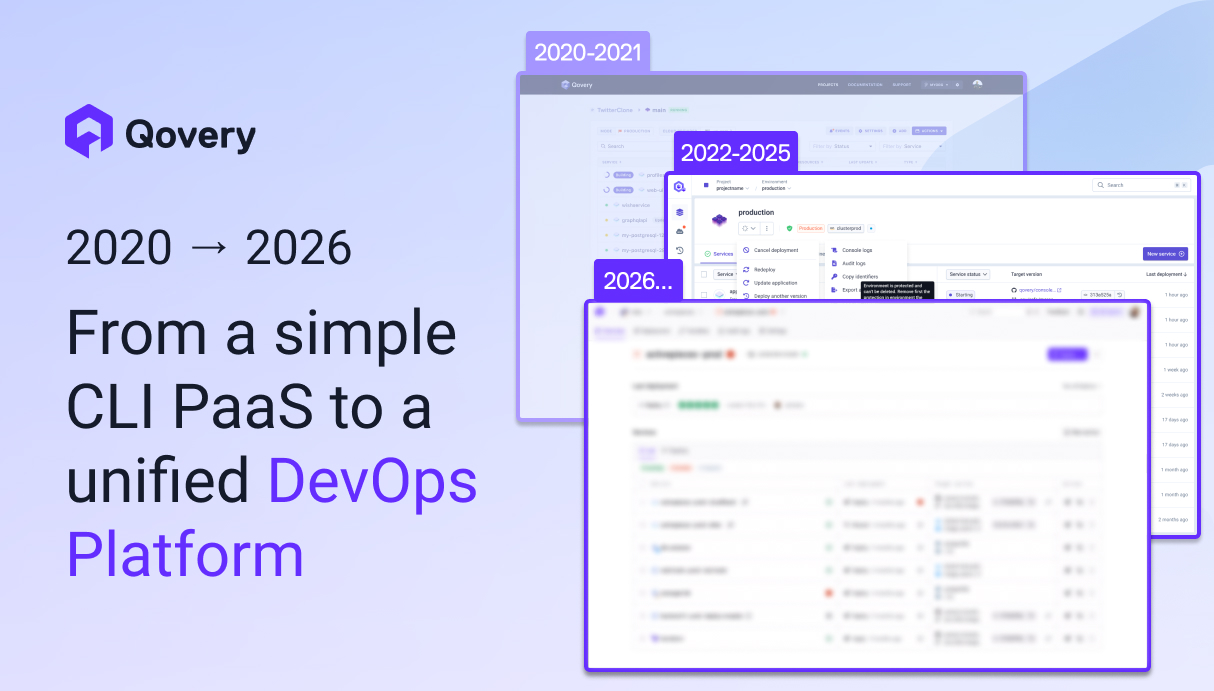
Top 10 Northflank Alternatives: Compare Features, Scale Seamlessly, and Reduce Cost

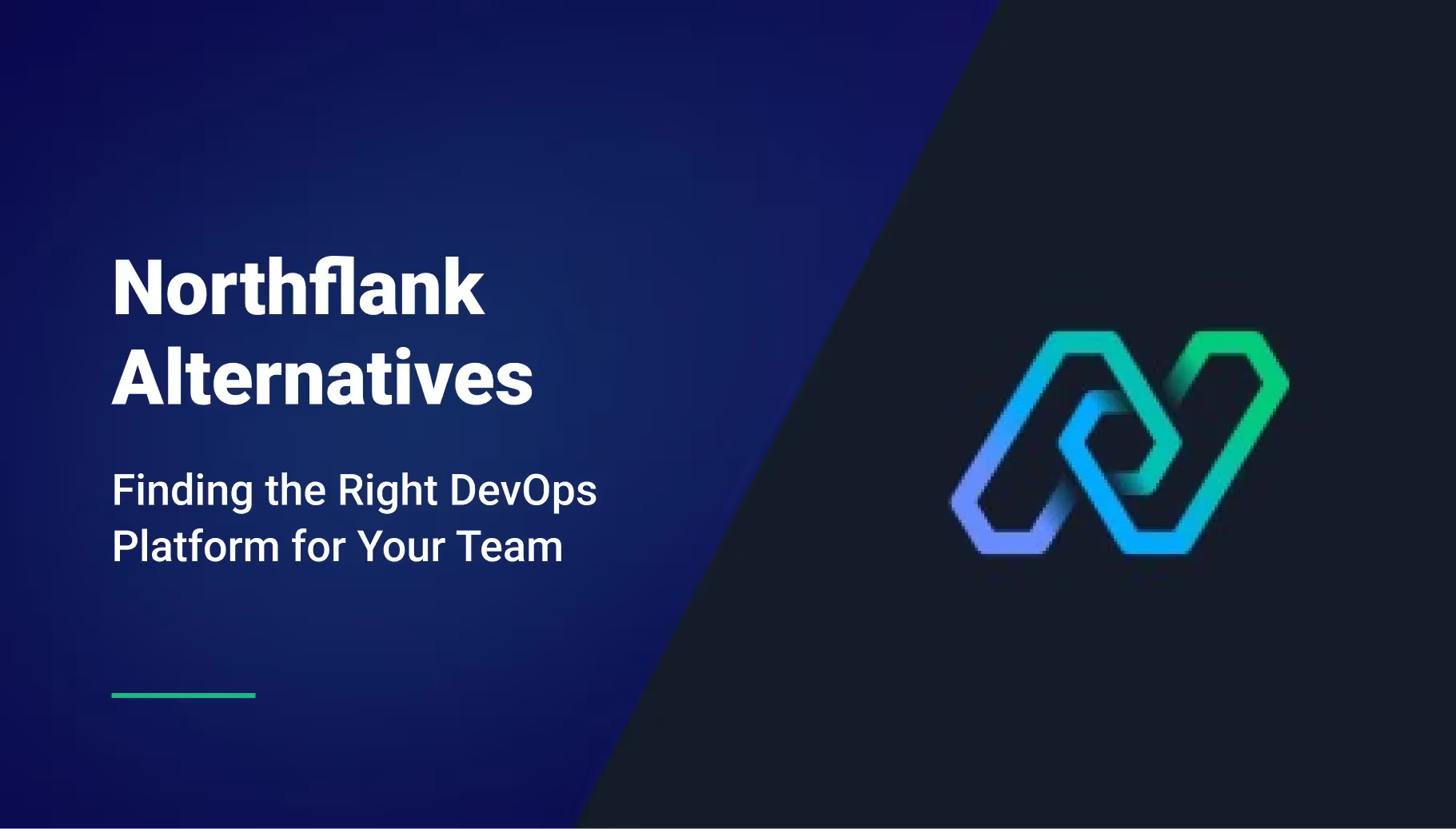

Key Points:
- While platforms like Northflank offer simplicity, they lock you into a single vendor's managed infrastructure. This can limit your control, increase costs at scale, and create a risk of vendor lock-in.
- A platform like Qovery gives you the best of both worlds: a developer-friendly PaaS experience for easy deployment, but running on your own AWS, GCP, or Azure account. This provides the flexibility and cost benefits of your own cloud with the convenience of a managed service.
- As your team scales, you'll need a platform that offers more than just basic deployment. Look for features like advanced security, enterprise-grade scalability, transparent cost management, and the ability to handle complex, production-ready workloads - all of which are core to the Qovery platform.
Northflank has emerged as a solid choice for startups and small teams seeking a managed Platform as a Service (PaaS) to deploy applications, databases, and jobs. It’s a powerful and popular tool, but it's not for everyone.
While it excels at what it does—providing a simple, all-in-one solution for application management - it comes with a major limitation: a lack of flexibility and control. For many growing teams, the dependency on a single vendor's managed infrastructure can be a significant hurdle.
The truth is, Northflank is just one option in a diverse landscape. You may need more control over your infrastructure, greater transparency into costs, and the flexibility to scale without being locked into a single ecosystem. This is where a more comprehensive platform, like Qovery, can be a game-changer.
The Top 10 Northflank Alternatives: Finding a More Flexible DevOps Platform
To help you find a platform that offers the control and flexibility you need, we've broken down the top alternatives to Northflank. Here’s a look at how they stack up.
1. Qovery
Qovery is a developer-centric DevOps automation platform that simplifies the deployment, scaling, and management of applications on your own cloud. It provides a git-native, user-friendly interface that empowers developers to manage their infrastructure without needing to be DevOps experts.
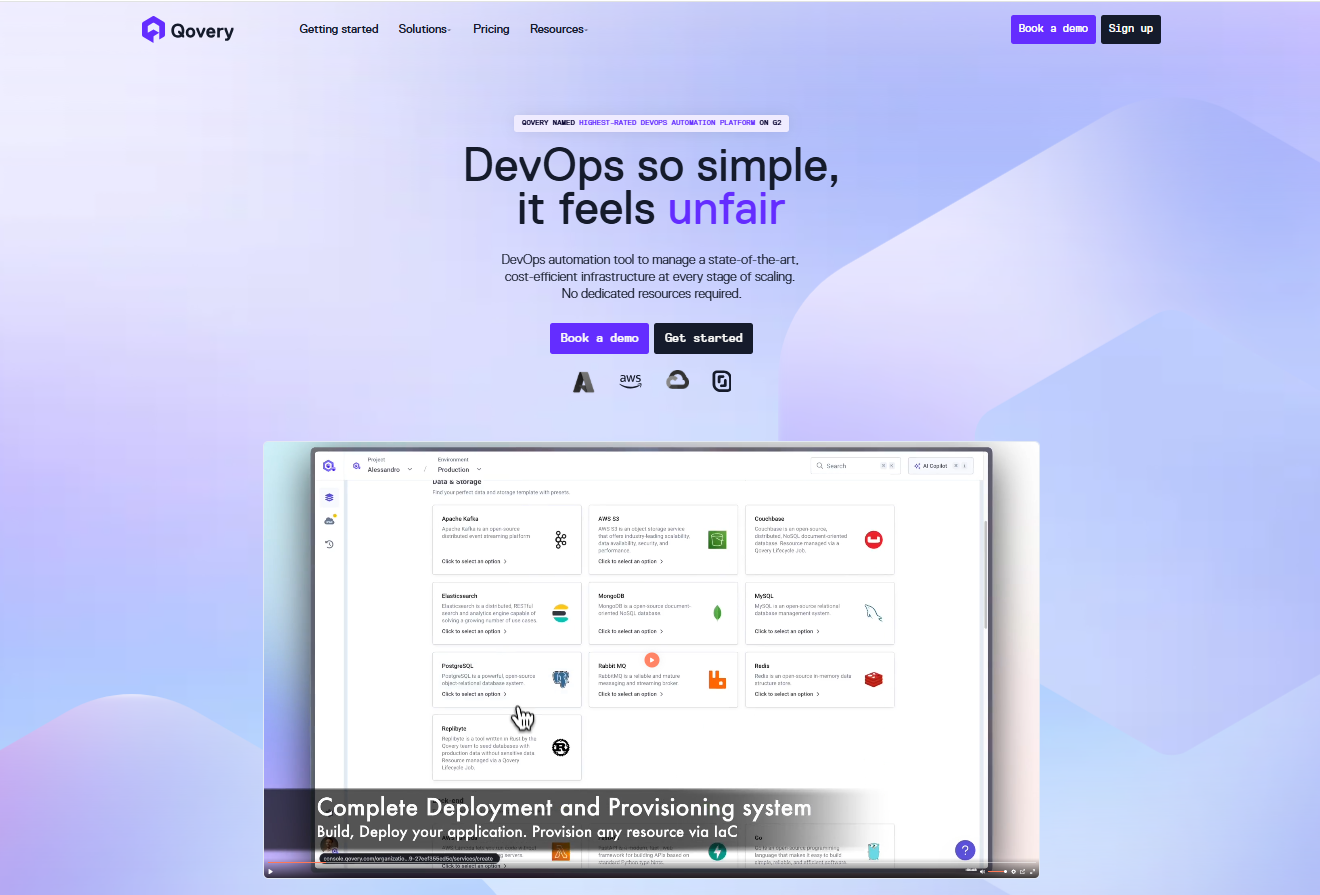
Pros:
- Deploy Anywhere: Qovery runs in your own cloud (AWS, GCP, Azure), so you maintain full ownership and avoid vendor lock-in.
- Unified Management: Manage both applications and infrastructure from a single, unified platform with no IaC tool lock-in.
- Unmatched Developer Experience: A "git push and deploy" workflow, paired with powerful APIs and a clean UI, simplifies complex Kubernetes tasks.
- Superior Performance & Cost Efficiency: Optimize resource usage with intelligent autoscaling and transparent pricing on your cloud, keeping infrastructure costs low.
- Enterprise-Grade Security: Benefit from SOC 2 and HIPAA compliance, robust RBAC, and a secrets manager that operates on your secure cloud environment.
Cons:
- As a managed platform, it offers less low-level control than a fully DIY setup with open-source tools.
How’s Qovery different from Northflank?
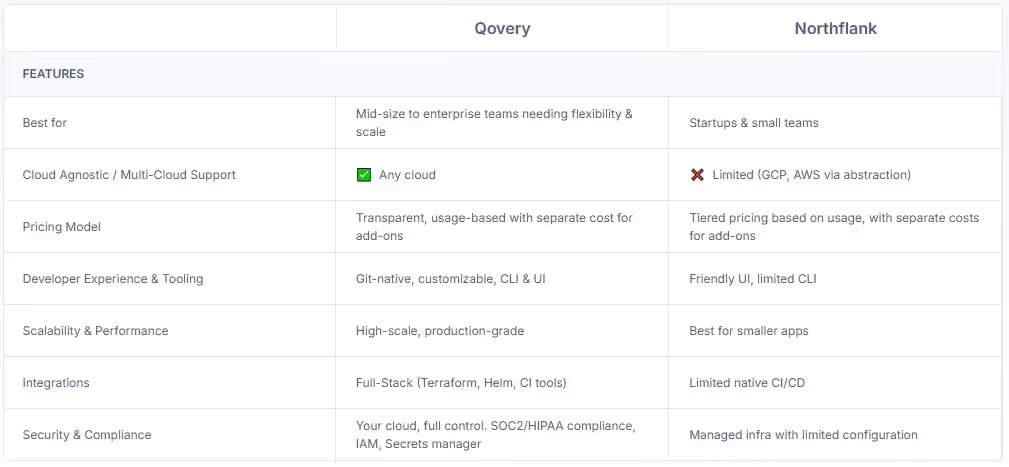
- Deploy Anywhere: Qovery runs in your own cloud (AWS, GCP, Azure), You maintain full ownership of your data and infrastructure from day one, avoiding vendor lock-in and giving you complete control.
- Flexible Kubernetes Add-On Management: Qovery automatically installs and manages popular open-source components like Cert-Manager and Nginx, while still letting you extend Kubernetes with any third-party Helm charts through a secure, guided workflow.
- Unified Workload & Infrastructure Management: Deploy applications and provision infrastructure from a single platform, regardless of the IaC tool you prefer, with no lock-in and full flexibility over how your state is managed.
2. Heroku
Heroku is a pioneer in the PaaS space, known for its extreme simplicity and developer-friendly workflow. It’s ideal for quickly deploying small projects and prototypes.
Pros:
- Ease of Use: Offers an unparalleled simple "git push" deployment model.
- Add-on Marketplace: Provides a wide range of managed services (databases, monitoring, etc.) through its marketplace.
- Great for Prototyping: Ideal for quickly deploying small projects and prototypes.
Cons:
- Vendor Lock-in: A closed ecosystem that runs on its own infrastructure, locking you into its specific services and pricing. Recent, widespread outages have highlighted the risks of this dependency.
- High Cost at Scale: Becomes prohibitively expensive as your application and team grow.
- Limited Control: Offers limited control over the underlying infrastructure, performance, and security.
3. Porter
Porter is an open-source PaaS built on Kubernetes that aims to provide a Heroku-like experience on your own cloud.
Pros:
- Simple UI: Provides an approachable user interface for getting started with deployments.
- Open-Source Core: Benefits from the open-source community and can be self-hosted.
- Cloud Agnostic: Can be deployed on your AWS, GCP, or Azure account.
Cons:
- High Maintenance Burden: You are responsible for all platform-level updates, security patching, and troubleshooting.
- Lacks Flexibility: The closed add-on system limits your ability to deploy custom Helm charts or integrate with external tools.
- Not Enterprise-Ready: Lacks essential enterprise features like robust RBAC and detailed cost management.
4. DuploCloud
DuploCloud is a low-code platform that focuses on automating infrastructure and compliance for DevOps teams.
Pros:
- Infrastructure Automation: Automates the provisioning of infrastructure to meet compliance and security standards.
- Cloud Agnostic: Can be deployed on multiple cloud providers.
- High Scalability: Built to handle high-scale, production-ready applications.
Cons:
- DevOps-Centric: The platform's focus on infrastructure can make it less intuitive for developers.
- Slower Deployment: The focus on complex infrastructure management can result in a more involved setup process compared to more developer-centric platforms.
- Vendor Lock-in: The low-code approach can create a dependency on the platform’s specific abstractions.
5. ArgoCD
ArgoCD is an open-source, declarative GitOps continuous delivery tool for Kubernetes. It is not a complete platform but a powerful component for automating deployments.
Pros:
- Open-Source & Community-Driven: Free to use and benefits from a large, active community.
- GitOps-Native: Built specifically to synchronize applications from a Git repository to a Kubernetes cluster.
- Highly Extensible: Integrates well with other open-source tools.
Cons:
- Partial Solution: It's just a single tool for continuous delivery and doesn’t handle infrastructure provisioning or other application lifecycle components.
- Steep Learning Curve: Requires a deep understanding of Kubernetes manifests and configurations.
- High Operational Burden: You are responsible for all setup, maintenance, and troubleshooting.
Read more: Top 10 ArgoCD alternatives
6. FluxCD
Similar to ArgoCD, FluxCD is an open-source GitOps engine for continuous delivery. It’s a core component that automates the syncing of your Git repository with your Kubernetes cluster.
Pros:
- Open-Source & Community-Driven: Free to use and benefits from a large, active community.
- Highly Extensible: Integrates with other open-source tools like Helm and Kustomize.
- Focuses on GitOps: Provides a solid, battle-tested engine for continuous delivery.
Cons:
- Partial Solution: It's just a single tool for continuous delivery and doesn’t handle infrastructure provisioning, networking, or other aspects of the application lifecycle.
- Steep Learning Curve: Requires deep knowledge of Kubernetes, YAML, and other open-source tools.
- High Operational Burden: You are responsible for all setup, maintenance, and troubleshooting.
7. Rancher
Rancher is a Kubernetes management platform that simplifies running clusters, particularly for teams with multiple clusters or on-premise deployments.
Pros:
- Multi-Cluster Management: Excellent for managing Kubernetes clusters across different cloud providers or on-premise from a single dashboard.
- User-Friendly Interface: Provides an intuitive UI for managing clusters and applications.
- Built-in Catalog: Includes a catalog of Helm charts for easy application deployment.
Cons:
- Setup Complexity: The initial setup can be challenging for beginners.
- Kubernetes-focused: While it simplifies Kubernetes, it still assumes a level of Kubernetes expertise and doesn't offer the full PaaS experience for developers.
8. Portainer
Portainer is a lightweight, open-source management tool with a user-friendly UI for managing Docker and Kubernetes environments.
Pros:
- Simplicity: Very easy to use for managing individual containers and simple deployments.
- Lightweight: A great choice for resource-constrained environments like a Raspberry Pi or home labs.
- Self-Hosted: Gives you full control by running on your own infrastructure.
Cons:
- Limited Kubernetes Support: Offers basic Kubernetes management but lacks advanced features like custom resource definitions (CRDs) and robust scalability for large deployments.
- Not for Large Scale: Insufficient for the complex, large-scale deployments that enterprise teams require.
9. Platform9
Platform9 is a SaaS-managed cloud platform that provides a simplified way to deploy and manage Kubernetes environments on any infrastructure.
Pros:
- Enterprise-Grade Features: Offers a robust set of features for large-scale production deployments, including high availability and disaster recovery.
- Kubernetes-Focused: Built specifically for managing Kubernetes, offering deeper integration and a wider range of features.
- Excellent Support: Provides dedicated customer support, which is critical for enterprise customers.
Cons:
- Cost: Can be expensive, especially for smaller deployments, and pricing is not always transparent.
- Complexity: While it simplifies Kubernetes, it still requires expertise to use effectively and can feel overwhelming to non-DevOps teams.
10. Mirantis Kubernetes Engine
Mirantis Kubernetes Engine is an enterprise-grade Kubernetes platform built on Docker technology.
Pros:
- Avoids Lock-in: Based on open standards, giving you the freedom to choose your own infrastructure.
- Focus on Apps: Provides a streamlined platform that takes care of the infrastructure, so you can focus on building applications.
- Leverages Open Source: Benefits from the collective knowledge of the open-source community.
Cons:
- Overkill for Small Teams: Its advanced features and capabilities may be too much for smaller projects or startups.
- Steeper Learning Curve: Requires a deep understanding of Kubernetes concepts.
Ready to Experience the Qovery Difference?
While Northflank is a great tool for small teams, a full-stack DevOps automation tool like Qovery offers a faster path to value and a better experience for the entire team. It handles everything from provisioning your infrastructure to managing your applications, so you can focus on what you do best: building great software.

Suggested articles
.webp)



.svg)
.svg)
.svg)
